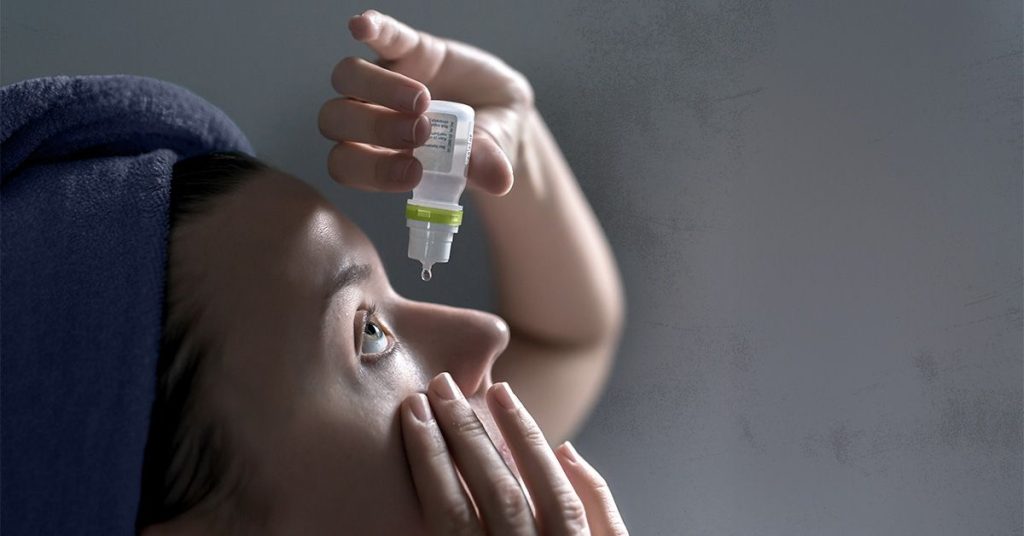The microbiome is present in several areas of the body, including the gut, skin, mouth, nose, ear, and eyes. Researchers have been focusing on studying the eye microbiome and its role in various eye diseases, such as dry eye, which affects a significant portion of the world’s population. A recent study conducted by researchers from Stephen F. Austin State University found that the eye microbiomes of healthy eyes and those with dry eye differ in their mix of microbes. This finding could potentially improve treatments for dry eye and other eye conditions.
The eye microbiome refers to the community of bacteria and other microorganisms present on the conjunctiva and cornea of the eye. Dysbiosis in the gut microbiome can lead to pathogenic microbes and metabolites being transported to other parts of the body, including the eyes. Scientists have been studying the impact of the eye microbiome on various eye diseases, such as age-related macular degeneration, glaucoma, diabetic retinopathy, and cataract. Understanding the microbiome of the eyes could provide valuable insights into the causes of these conditions, leading to improved diagnosis, treatment, and prevention.
In a study conducted by Dr. Martynova-Van Kley and her team, eye samples were collected from participants with and without dry eye. Through sequencing and analysis, researchers found that the bacteria species Streptococcus and Pedobacter were dominant in the ocular microbiomes of individuals with healthy eyes, while the Acinetobacter species was prevalent in those with dry eye. Understanding the specific microbial composition of the eye microbiome in individuals with different eye conditions could help develop novel therapeutic approaches and potentially lead to better outcomes for patients.
Experts in the field, such as Dr. David Geffen and Dr. Benjamin Bert, find the research on the eye microbiome and its impact on dry eye to be intriguing and promising. Dr. Geffen believes that modifying the microbiome of the eye could be a breakthrough in treating dry eye and benefit millions of sufferers. Dr. Bert supports the idea that treating dry eye should be multifactorial, considering the changes in normal bacteria on the surface of the eye. Both experts agree that future research on the eye microbiome for various eye conditions is necessary and will likely yield significant findings.
Research on the eye microbiome is rapidly evolving, with studies already underway to explore its role in other eye diseases beyond dry eye. The understanding of the gut-eye axis and how dysbiosis in the microbiome can affect eye health is a critical area of investigation. Experts anticipate that future research will delve deeper into the changes that occur in the microbiome of the eye, especially in patients with different eye conditions and those using various eye drops frequently. The potential for the eye microbiome to impact genetic changes for certain eye disorders is also a promising avenue of research that may yield valuable insights and treatments for a range of eye conditions.


